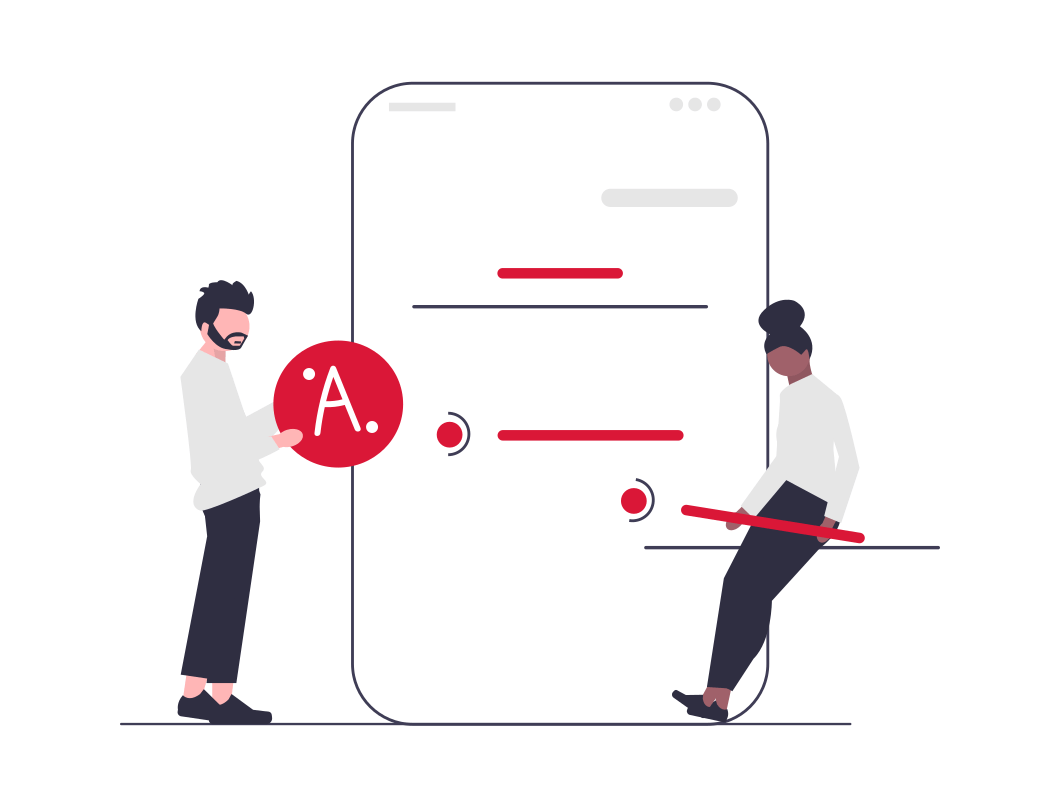Inbound marketing channels refer to a set of approaches and strategies that businesses use to attract, engage, and retain potential customers through useful and informative content. For B2B organizations, inbound marketing channels are essential to building brand awareness, generating leads, and nurturing customer relationships. Inbound channels are also more cost-effective than other types of marketing channels, helping to lower the average cost per lead by an average of 62%.
This article is going to look at inbound marketing vs outbound marketing, and how inbound can be leveraged to drive growth for B2B organizations.
What is inbound marketing?
Inbound marketing is a customer-centric approach to marketing that focuses on creating valuable content and experiences that attract and engage potential customers. It primarily involves content marketing, SEO, social media, and other marketing activities that get potential customers to your website or within your marketing and sales funnel. Inbound marketing addresses pain points for customers at every stage of the buying process with targeted content that aligns with prospects’ particular needs and readiness.
For B2B organizations, there are many advantages of using inbound marketing:
- Builds brand awareness and credibility
- Generates more qualified leads
- Reduces cost per lead
- Increases customer loyalty and retention
Examples of inbound marketing channels:
- Blogging and content marketing
- Social media marketing
- Email marketing
- Search engine optimization (SEO)
- Webinars and video content
- Whitepapers and eBooks
- Online forums and communities
By using these inbound channels, B2B organizations can create a comprehensive content strategy that addresses the needs of their target audience, builds trust and credibility, and generates leads for their business.
Inbound vs. Outbound Marketing

Inbound marketing and outbound marketing are two different approaches to marketing that can be used by B2B organizations to attract, engage, and ultimately close potential customers.
Differences between inbound and outbound marketing:
- Inbound marketing focuses on creating valuable content that attracts potential customers, while outbound marketing is more interruptive and focuses on pushing messages out to potential customers.
- Inbound marketing channels are designed to educate and inform potential customers, while outbound marketing channels are designed to persuade and convince potential customers.
- Inbound marketing is a more customer-centric approach to marketing, while outbound marketing is more focused on the needs of the business.
Which approach is better for B2B organizations?
While both approaches have their advantages and disadvantages, inbound marketing is generally considered to be more effective for B2B organizations because it builds trust and credibility with potential customers over time. This is especially important for B2B organizations that are engaged in longer, more complex sales cycles, as it can help you lead prospects consultatively through the buying process and build rapport early.
Popular Inbound marketing channels
There are many inbound marketing channels that can be leveraged by B2B orgaziaitons, marketing channels that B2B organizations. The following are some of the more popular ones:
- Content marketing: Foundational to a solid inbound strategy. Content marketing is broad but fundamentally involves creating relevant, helpful content including blogs, whitepapers, eBooks and more to attract potential customers, generate leads, and even win business.
- Social media marketing: Using social media platforms like LinkedIn, Twitter, Facebook, and others to build relationships with potential customers, share content, etc.
- Search engine optimization (SEO): This involves optimizing a website’s content and structure to rank higher in search engine results pages, making it easier for potential customers to find your business.
- Referral Marketing: Encouraging existing customers and partners to refer people to a business, often through affiliate programs.
By using these types of inbound marketing channels, B2B organizations can create a comprehensive marketing strategy that attracts potential customers, engages them with valuable content, and builds long-term relationships with them.
Examples of outbound marketing channels
While inbound marketing channels are becoming increasingly popular for B2B organizations, outbound marketing channels are still used by many businesses and are still an important component of a holistic strategy. Examples of outbound marketing channels include:
- Print and broadcast advertising
- Events
- Direct mail
While outbound marketing channels can be effective in reaching a large audience quickly, they are often seen as intrusive or interruptive. Additionally, many outbound marketing channels are much harder to track than inbound channels.
Is paid advertising inbound or outbound?
Paid advertising is a bit less cut and dry than many of the approaches we’ve talked about so far, in that it can actually be considered inbound or outbound, depending on how it’s used.
For example, Google Ads and other SEM can be used to target people who are actively searching for specific products or services – rather than being interruptive it is part of the search experience and is more aligned with the ethos of inbound marketing. Display ads that are shown to a broad audience without targeting specific interests or behaviors, pop-up ads, and more interruptive forms can be considered outbound marketing.
So, what’s better for B2B companies?
Inbound marketing channels are important for B2B organizations at every stage of the buying process (particularly if they have long, complex sales cycles). By leveraging inbound channels like content marketing, social media, and SEO, businesses can attract and engage potential customers, build rapport, and ultimately help to close more business.
That’s not to say that outbound marketing channels are unimportant to your marketing strategy. They can still be effective, however, they are often less targeted and customer-centric than inbound marketing channels.
B2B organizations focused on building a comprehensive inbound marketing strategy that addresses the needs of their target audience and builds trust and credibility over time will find more success in the long term than those who don’t.

